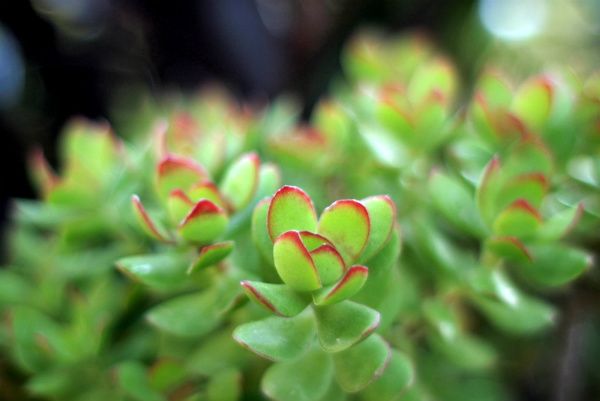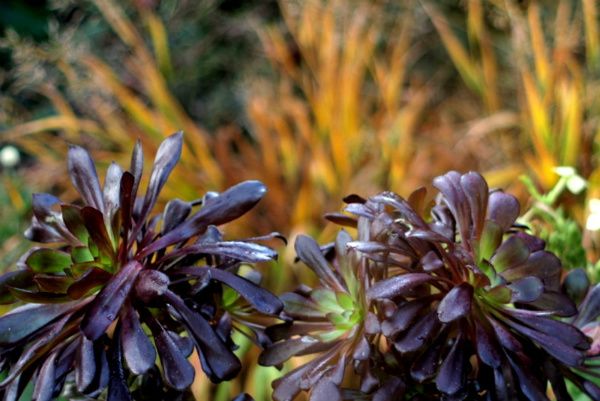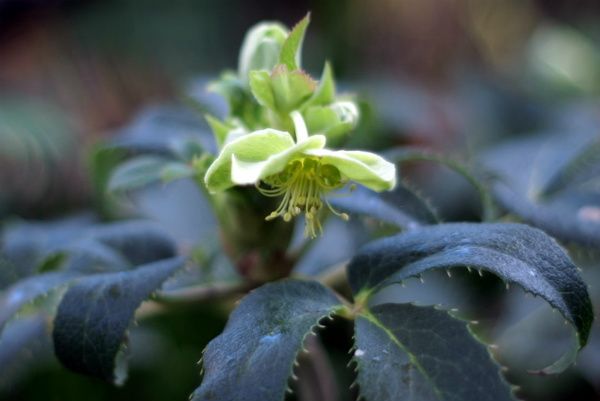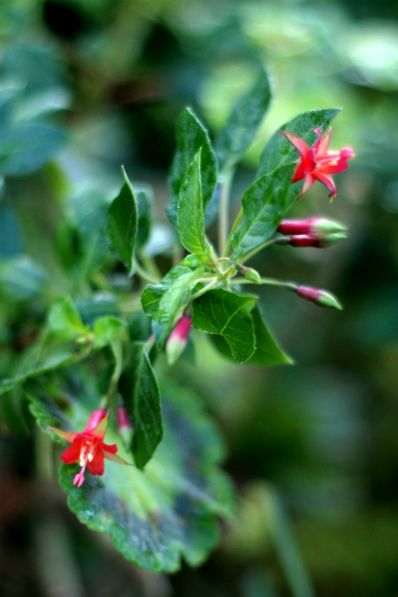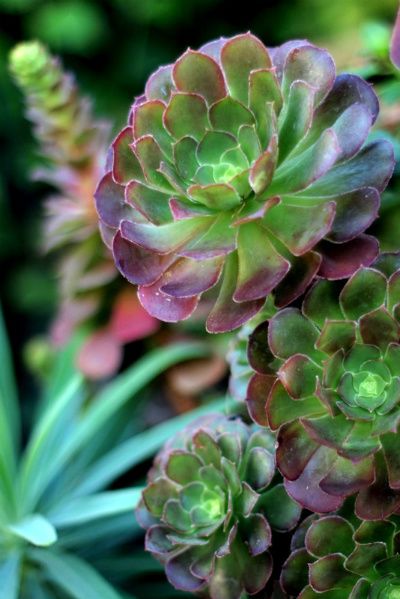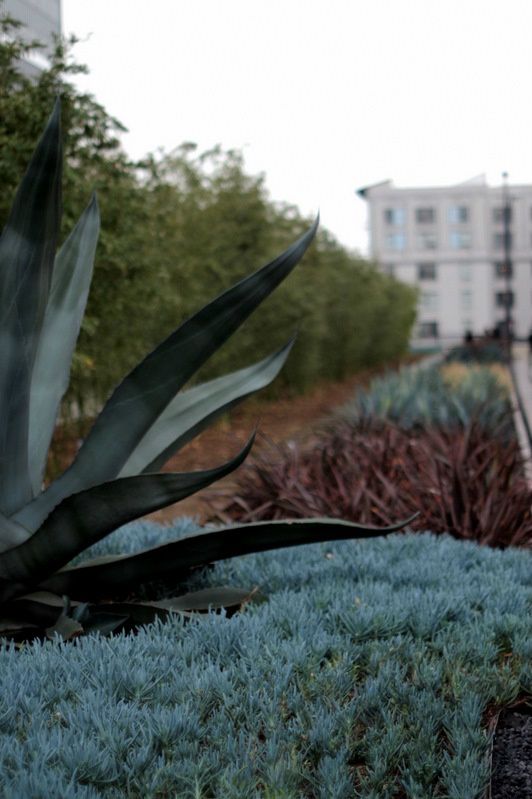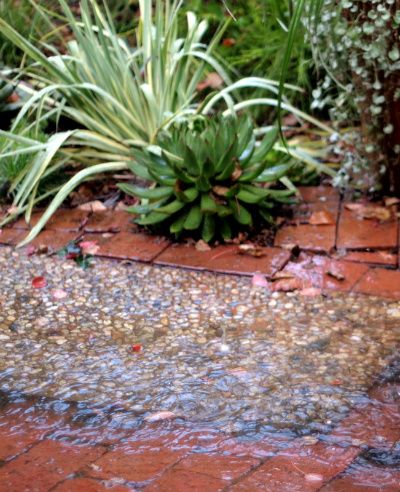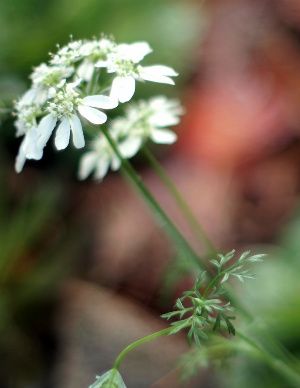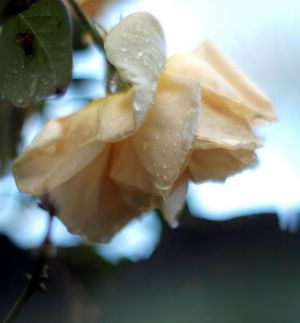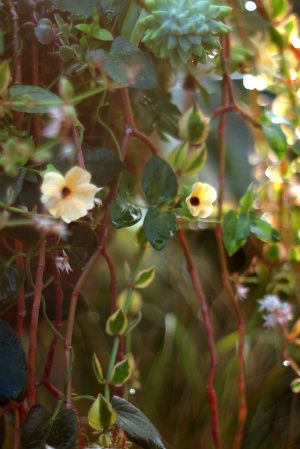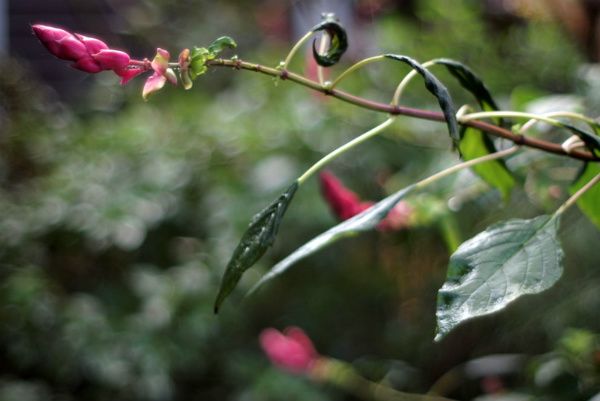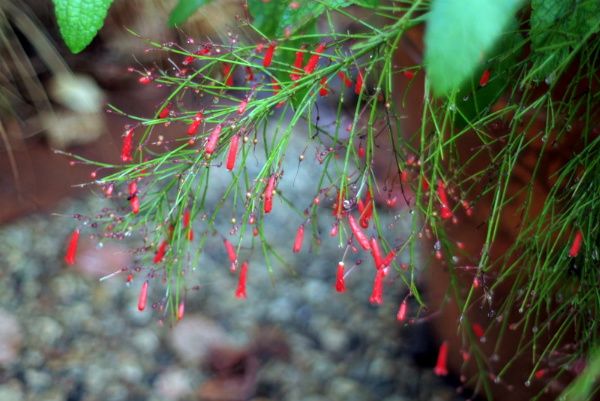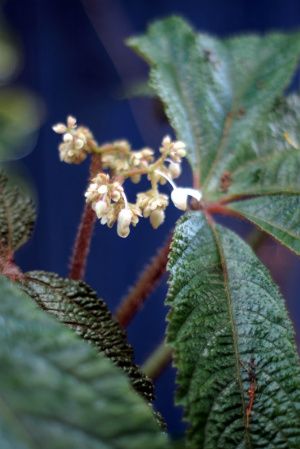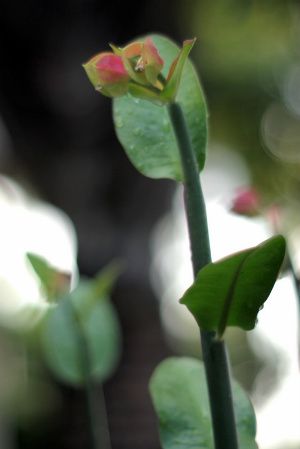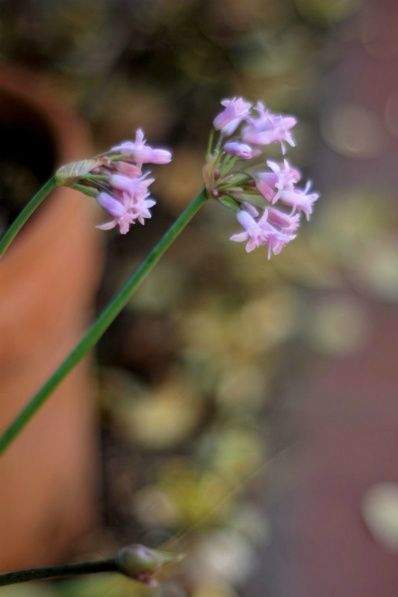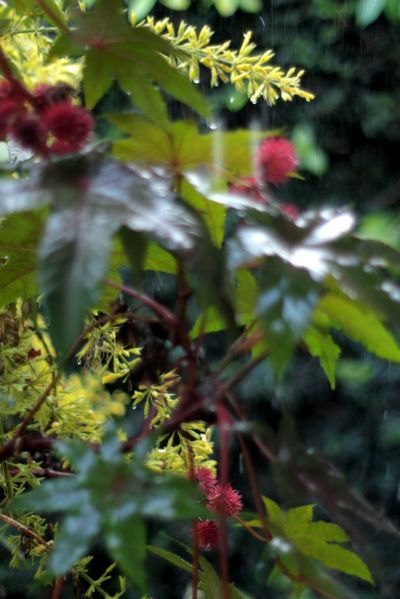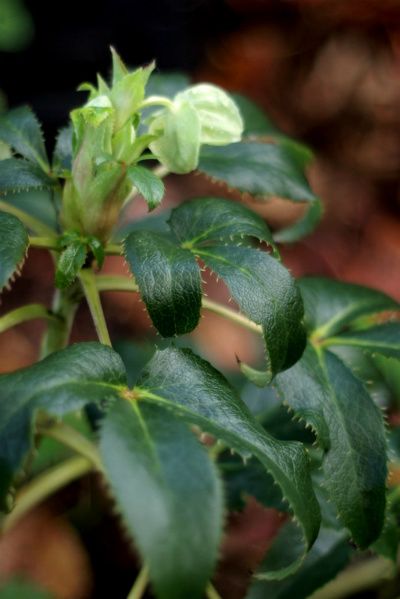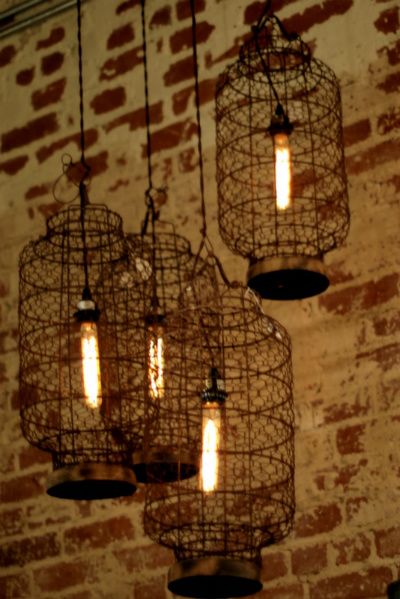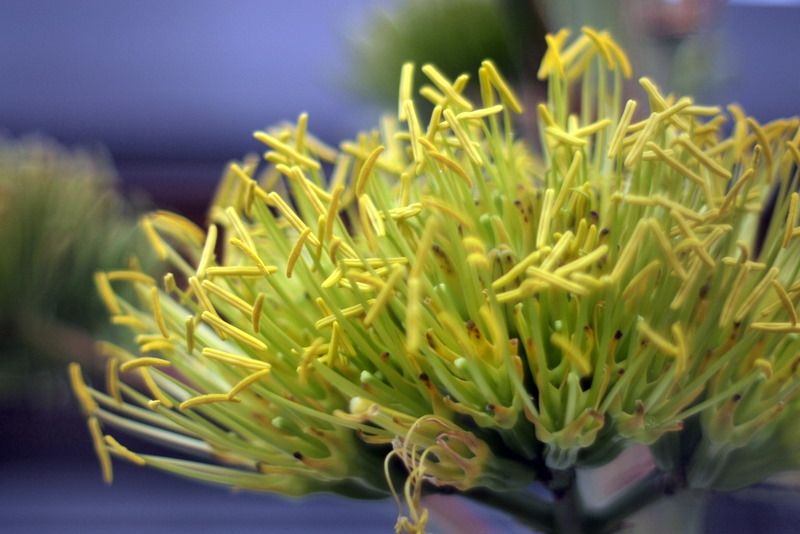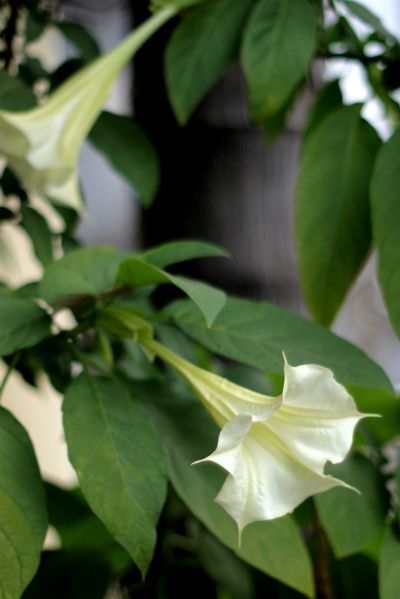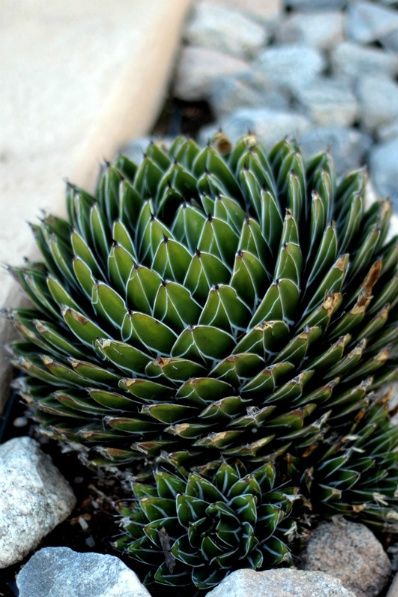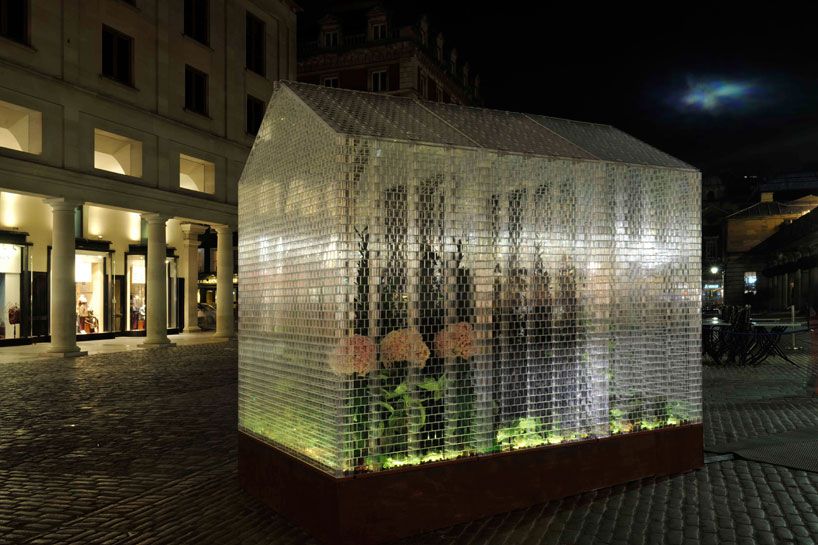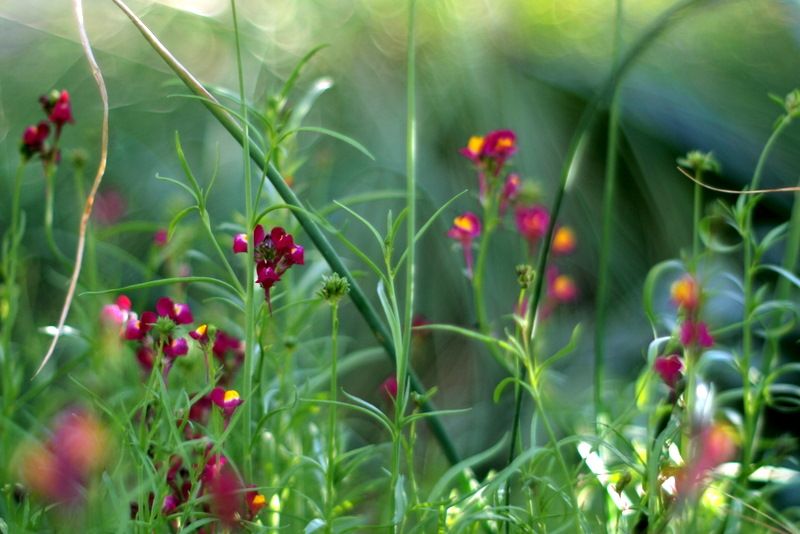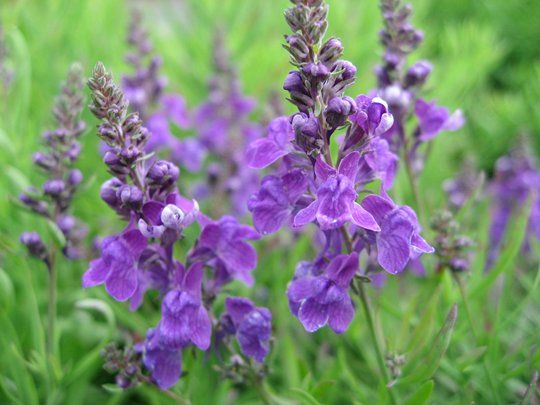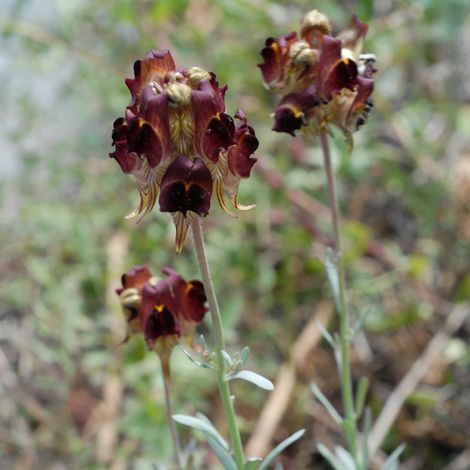Yesterday, 12/20/11, The Los Angeles Times ran a well-informed piece on the cultivation and propagation of pitahaya, or dragon fruit, written by Jeff Spurrier of the The Global Garden, which you can read here. I wrote about my neighbor’s dragon fruit here.
(As far as what to call the dragon fruit, I guess it’s one of those tomato/tomahto, pitaya/pitahaya situations. Mr. Spurrier opts for pitahaya.) I vividly remember being confronted with the possibility that I might not be the adventurous epicure I thought I was, upon being offered my first slice of dragon fruit. Certain textures can be intimidating, but I managed to swallow. Amazingly nutritious, I’m told. I really need to try it again, calmly, possibly in private, where I won’t be worried about making offensive facial expressions.
Wonderful photo from the LA Times article of the epiphyte engulfing a wall:
“Dragon fruit covers a wall at JardÃn Etnobotánico de Oaxaca, the botanical garden in Oaxaca, Mexico.”
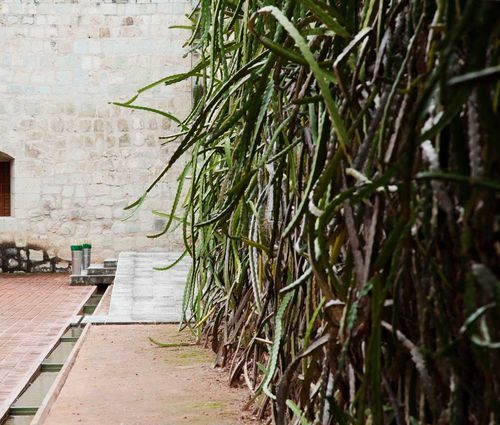
Running out to check on the progress of my neighbor’s dragon fruit, I find I hadn’t even noticed that he’s removed it completely, giving its space over solely to bananas. In the dragon fruit’s place, an enormous hand of bananas now dangles like the sword of Damocles over the fence, just a few feet above the windshield of our Eurovan. I’d assumed the pitahaya was still threading itself through the jungle canopy. Mr. Li still has plants elsewhere in the garden, like the massive one trellised over the front walkway gate, kept neatly manicured and not wildly cascading like the photo above from the JardÃn Etnobotánico de Oaxaca. The mailman wouldn’t be able to deliver the mail otherwise.
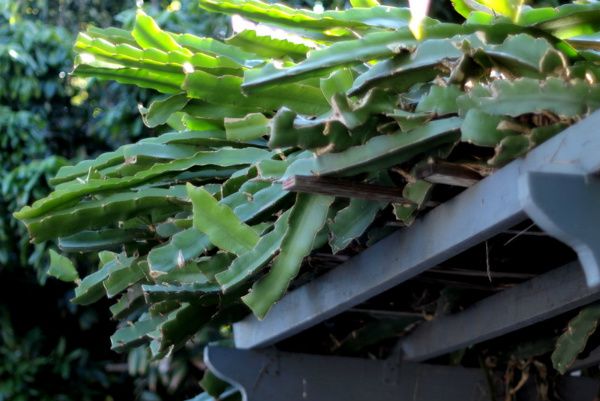
But none will be as daily visible to me. Glad I took a few photos.
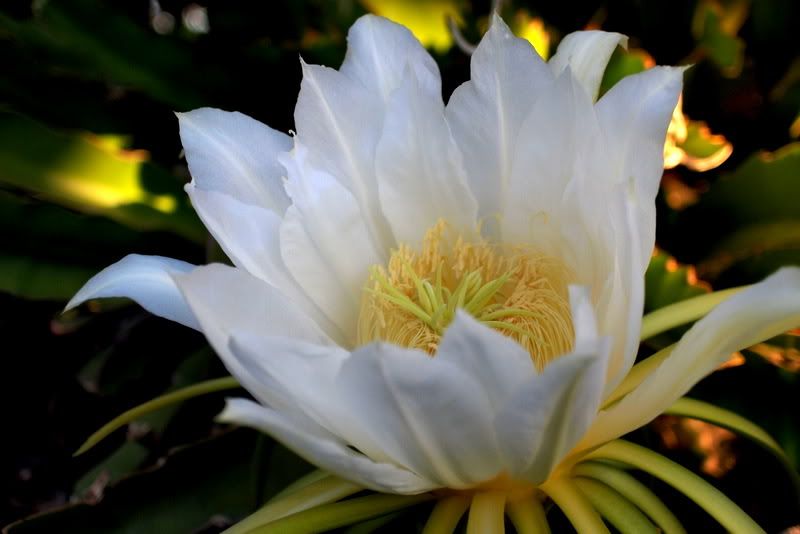 P
P

